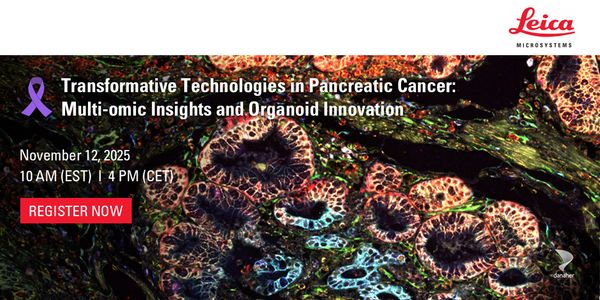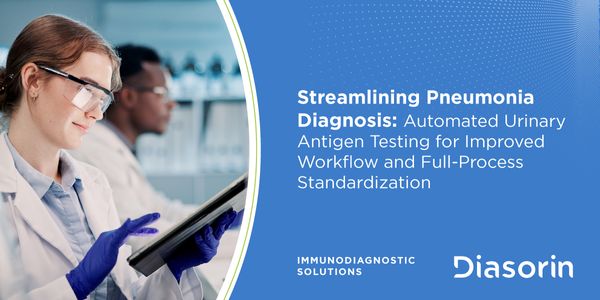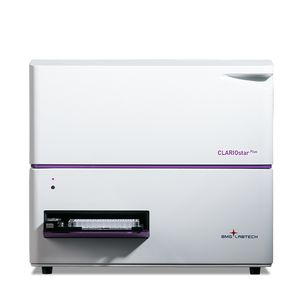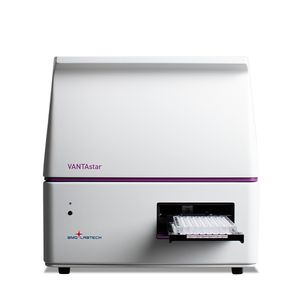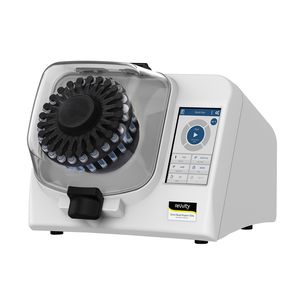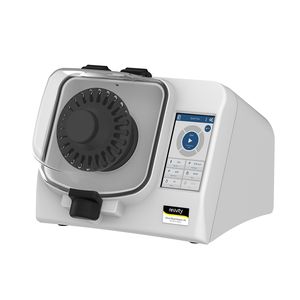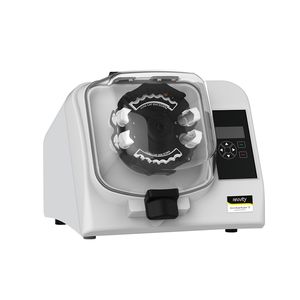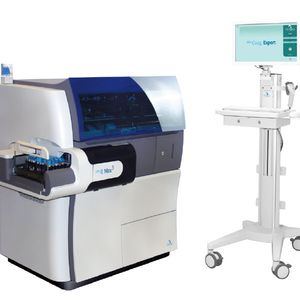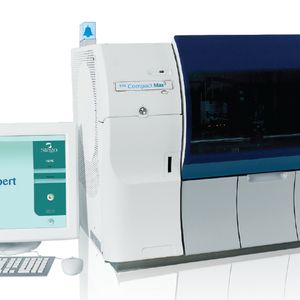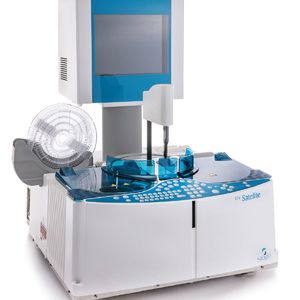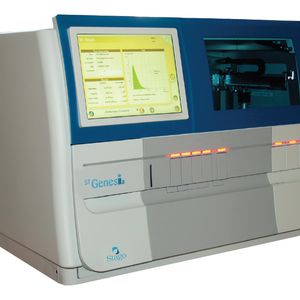Clinical & Molecular DX Webinars
Advances in clinical laboratory techniques and molecular analysis are reshaping our approach to therapy and diagnosis. Explore emerging diagnostic technology and the latest insights in the microbial community in these webinars.
Show More
-
JAN 14, 2026 | 10:00 AMJoin us for an insightful webinar to discuss a holistic approach to testing for TB in a clinical setting. Tuberculosis remains a global health challenge and accurate, timely diagnosis is cri...
-
JAN 20, 2026 | 11:00 AMCAR-T translational research demands precise, reproducible, and scalable flow cytometry workflows. Manual centrifugation and antibody preparation steps remain major sources of variability an...
-
JAN 20, 2026 | 9:15 AMBloodstream infections (BSIs) remain a critical challenge in clinical care, where every hour of delay in diagnosis can significantly impact patient outcomes. This webinar explores findings f...
-
DEC 16, 2025 | 8:00 AMCurrently, the process for microbial identification research in many laboratories involves a combination of culture, PCR, and either send-out or in-house sequencing-based testing – oft...
-
DEC 11, 2025 | 10:00 AMLearning Objectives Identify the core principles and advantages of click chemistry in bioconjugation, including its role in enhancing reaction efficiency, specificity, and modularity in mole...
-
DEC 10, 2025 | 8:00 AMMass spectrometry (MS)-based proteomic biomarker discovery pipeline commonly begins with large-scale profiling techniques detecting thousands of candidate biomarkers. Efficiently triaging th...
-
DEC 09, 2025 | 10:00 AMEnsuring quality and compliance is at the core of every successful clinical laboratory. This webinar brings together CAP expert Daniel and Christie, QA leader from Burning Rock, to explore t...
-
DEC 03, 2025 | 8:00 AMSpatial proteomics represents a revolutionary frontier in molecular biology, enabling researchers to explore protein expression while preserving the critical spatial context of tissue archit...
-
DEC 02, 2025 | 8:00 AMOver the past decade, flow cytometry has undergone transformative advancements, notably with the adoption of spectral flow cytometry and the emergence of next-generation imaging cytometers....
-
DEC 01, 2025 | 4:00 PMThis webinar offers a unique opportunity to hear directly from Professor Mathias Uhlén, lead author of the recent Science publication introducing the human pan-disease blood atlas. Bu...
-
NOV 20, 2025 | 10:00 AMDiscover how intelligent assistants at Merck are transforming the way scientific teams engage with complex datasets. This webinar will demonstrate how researchers can intuitively explore and...
-
NOV 18, 2025 | 8:00 AMTranscriptomics represents a critical discipline in cancer research, enabling comprehensive mapping of gene expression profiles and the identification of fusion genes implicated in tumor dev...
-
Diabetes affects 589 million adults aged 20 – 79 years globally1. In honor of International Diabetes Day, join us for global webinar featuring a dynamic conversation about the role dia...
NOV 13, 2025 | 11:00 AM
What happens when pharma and flow cores face the same challenge — doing more with less? Join Ryan Duggan (AbbVie) and David Leclerc (President, GLIIFCA) for a balanced discussion on h...
Optimizing Quality Control Data Management in Molecular Infectious Disease Diagnostics Learning Objectives: Understand the regulatory complexities of quality control data management in diagn...
NOV 12, 2025 | 7:00 AM
In recognition of Pancreatic Cancer Awareness Month, join us to explore how cutting-edge technologies are transforming our understanding of pancreatic ductal adenocarcinoma (PDAC), one of th...
NOV 06, 2025 | 12:00 PM
In this innovation-focused webinar, we’ll explore how syndromic testing is transforming the diagnostic and clinical management of bloodstream infections (BSIs). Featuring real-world ex...
NOV 04, 2025 | 8:00 AM
Unlock the full potential of your LC-MS system with Thermo Scientific™ Chromeleon™ software features. This webinar will demonstrate the system suitability test with intelligent r...
OCT 30, 2025 | 9:00 AM
Cell-free DNA (cfDNA) has emerged as a powerful biomarker for monitoring allograft health and detecting rejection in solid organ transplantation. Since 2022, the Paris Transplant Group-PITOR...
OCT 30, 2025 | 9:00 AM
Aging is associated with progressive white matter degeneration, which impairs brain structure and function. Defects in myelinating glial cells, combined with chronic neuroinflammation, contr...
OCT 29, 2025 | 8:00 AM
In today’s rapidly evolving landscape of next-generation sequencing (NGS), researchers face mounting pressure to deliver high-quality data from increasingly diverse and challenging sam...
OCT 28, 2025 | 9:00 AM
This webinar explains how CAR-T cells transfected using Solupore® technology from Avectas and sorted using the CGX10 Cell Isolation System from Sony Biotechnology outperform unsorted cel...
OCT 28, 2025 | 7:00 AM
C.E. CREDITS
In recognition of Breast Cancer Awareness Month, join us for a live webinar to uncover the complexity of tumor biology and the surprising resilience of normal tissue. This event will feature...
OCT 21, 2025 | 9:00 AM
Plasma proteomics offers great promise for biomarker discovery, due to the accessibility and diagnostic relevance of blood plasma. Recent advances in instrumentation, particularly the Orbitr...
OCT 21, 2025 | 7:00 AM
Rapid urinary antigen testing is widely used for pneumonia diagnosis, yet it often lacks the consistency and traceability required in today’s clinical laboratories. This webinar explor...
OCT 15, 2025 | 10:00 AM
The Cancer Gene Census (CGC) is a widely used module within the Catalogue Of Somatic Mutations In Cancer (COSMIC) that comprises an ongoing effort to catalogue and describe all genes with ca...
SEP 30, 2025 | 10:00 AM
Biosafety cabinets (BSCs) are a cornerstone of modern laboratory safety, yet many users lack a clear understanding of how they work, how to use them properly, and how to distinguish between...















